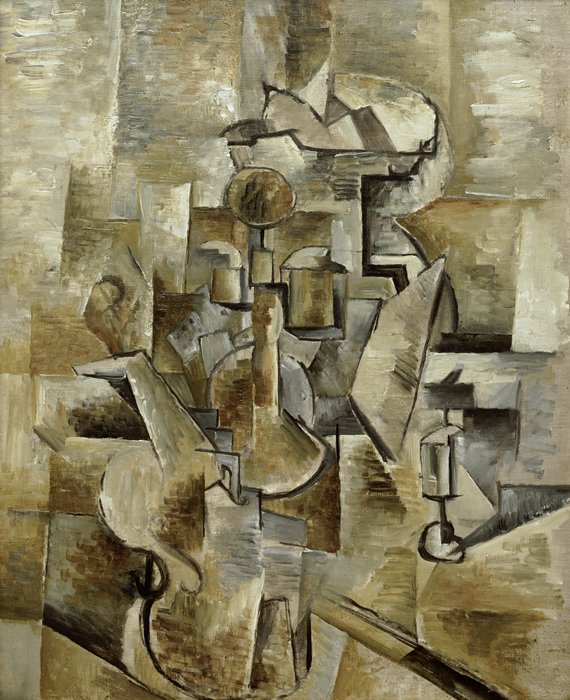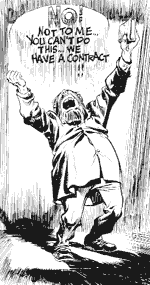This week I read a bunch of webcomics:
YU+ME Dream http://rosalarian.com/yume/
Chester 5000 XYV jessfink.com/Chester5000XYV
TJ and
Amal http://tjandamal.com/
The Meek http://www.meekcomic.com/
Hanna is
Not a Boy’s Name http://hanna.aftertorque.com/
Chester
I’d have to say out of all the webcomics I have read,
Chester 5000 XYV is the most outlandish.
When I first looked at this comic I was like what in God’s name am
I looking at. But I decided not to freak out and I
actually read through it in two nights. Frankly, I think Chester is hilarious.
I really liked the style of it, all of the swoopy shapes. It’s weird, her drawings are completely
impossible with ridiculously pushed poses but they really work and add to the
eccentric quality of the comic.
That’s part of the reason I liked it, it was something different and I
think the artist pulled it off really well. I think the author of it has really come a long way in terms
of plot, too. The story started
out as basically smut. Smut everywhere, which is entertaining, but not probably
the best thing to drive a story.
But lately it’s been more plot driven, focusing more on character
interactions and less on gratuitous sex scenes.
I also
really enjoyed the fact that the characters talk with symbols instead of
words. It reminded me a lot of Shaun Tan's Arrival. While The Arrival focused on more gestures to understand what was going on, Chester's symbols basically gave you the gist of what was going on. It really gets the point
across and I’ve never been left confused by what the characters are saying. It adds to the simplistic monochromatic
panels and just makes the comic a fun and easy read.
TJ and
Amal
I’ve constantly reread this comic and it never gets
old. It’s witty and I always get a
laugh out of her dialogue. Plus
the artist actually understands how to draw. Her panels are smartly made, it’s
not always just a frontal shot of her characters, she knows how to work the
space of her environment and it helps the story feel more realistic.
The Meek
I am not really a big fan of The Meek. I really like how detailed her comic is, I mean it’s full color, her drawings are really nice, and I really like the giant scary tiger Dagre. But that’s about it.
I’ve tried to read this comic, like I have it bookmarked,
and I try to come back to it every once in awhile to get through it, but it is
too slow for me. I mean, the plot
does progress, but it drags. Every
time I look at a new page I feel like I’m no closer to any sort of plot point. I think it’s partially because Luca’s
story was the only one that interested me because I didn’t really like
characters. They didn’t really do
anything that made me like them. I
only was interested in Luca because he was mentally unstable and was seeing a
giant tiger that was scary as hell.
I don’t really understand Angora, she just seems to be naked in the
woods. Like I’m fine if you are naked in the woods in a commune, but there’s
got to be a reason for staying naked after awhile.
Hanna is
Not a Boy’s Name
 I’m a big fan of the paranormal, so Hanna was right up my
alley. It wasn’t the most original
story I’ve ever read and it was basically broken up into mini adventures, but
it was entertaining as hell.
I’m a big fan of the paranormal, so Hanna was right up my
alley. It wasn’t the most original
story I’ve ever read and it was basically broken up into mini adventures, but
it was entertaining as hell.
First of all, I’m a big fan of this comic and when she
stopped updating I was pretty devastated.
I decided to reread this comic, since I hadn’t read it since freshman
year. I think the most intriguing
part about Hanna is that reading the comic itself is visually stimulating. The graphic design concerning the
lettering on all the panels were so different. They really brought something new to the table. At times they could be a little
confusing and I wasn’t sure where to read first, but I think overall the design
was really original. And you can
really see as the pages progress how Tessa’s artwork improved as well as the
visual elements in her pages.
Actually, before this comic was canceled due to the fact that she was being sued for having the same name as another comic or something, this comic had a huge following. I have seen countless cosplays of this comic in particular and it was really upsetting when she stopped updating it.
Actually, before this comic was canceled due to the fact that she was being sued for having the same name as another comic or something, this comic had a huge following. I have seen countless cosplays of this comic in particular and it was really upsetting when she stopped updating it.
YU+ME
Dream
I can’t
believe I actually read this whole thing. I mean, don’t get me wrong, I enjoyed
it, but it was very long. Like I
think it’s one of the longest comics I have read. It seems like one central story in the beginning, a simple
high school story, but once you get past that it’s like you opened the
floodgates to the Dreamworld and that’s where things get really
interesting. But there were a lot
of characters and things did get a bit complicated for me especially when I was
around page 735. And there were a
lot of jarring plot twists that left me pretty frazzled.
But I
really did like YU+ME Dream, because it really is basically one of a kind. There really aren’t that many lesbian
comics that actually have a plot and aren’t just smut. I do attribute it to the fact that it
seems that comics written by women tend to be more story driven versus more
physically driven. And in this
comic, like Hanna, you can really see her artwork came a long way. She experimented with many different
styles like illustrator, photography, and clay. I remember thinking to myself if I ever created a comic I would want
to try something like this.
In general,
I think the comic did hit on a bunch of points that most people miss. None of her characters were truly bad,
they were just misunderstood or they lost their way. What I enjoyed most in this comic was the concept of having
a concept and finding yourself. And even though I did have to go back and reread
parts of it when I got confused with the plot, I still hold this comic in high
regard and I would read it again in a heartbeat.
This comic actually really reminded me of a book that I read called Going Bovine by Libba Bray. They have the same sort of derailed beginning where someone uses a sort of dreamworld to escape from a reality that they don't want. It is in this new reality they can find what they never could in the real world. And they both end similarly, too. Both sort of have a death with a possibility for rebirth. In Going Bovine, Cameron finally heads to the end of this ride he always thought he would die on with the girl he loves named Dulcie. In YU+ME, Fiona and Lia jump into the portal to be reborn again in the real world.
This comic actually really reminded me of a book that I read called Going Bovine by Libba Bray. They have the same sort of derailed beginning where someone uses a sort of dreamworld to escape from a reality that they don't want. It is in this new reality they can find what they never could in the real world. And they both end similarly, too. Both sort of have a death with a possibility for rebirth. In Going Bovine, Cameron finally heads to the end of this ride he always thought he would die on with the girl he loves named Dulcie. In YU+ME, Fiona and Lia jump into the portal to be reborn again in the real world.























